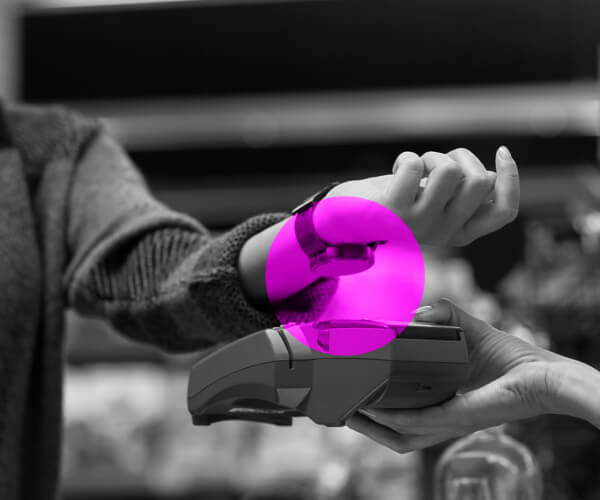The Importance of Inclusive Gender Language in Market Research
The future success of any business depends on its ability to effectively meet the needs of the marketplace. To do so, you need to conduct market research and ensure that your information gathering methods are as accurate as possible. One key aspect to better results is to use inclusive gender language throughout the research study. Why? Because failing to include all genders in your research can skew your findings and lead you down the wrong path when it comes time to make decisions based on those results.

Introductory questions help to set the stage and establish a safe space to discuss any and all topics with participants. To start, we ask personal questions to get to know participants better, like what their dream vacation location would be, or what keeps them busy on a day-to-day basis, as a way to get them familiar and comfortable with the moderator (and with one another in a group setting) while also building rapport and establishing a friendly, inviting atmosphere. Other questions we ask include, “Who in your household are you shopping for / is consuming the products you’re picking up?” to gently ask if there are others, while keeping in mind all combinations of family styles and living arrangements.
Here are three questions to ask in your research for better and more accurate reporting:
What do we mean by inclusive language?
It’s important to define inclusive language for LGBTQIA+ and other protected groups, such as gender-fluid individuals or those that identify as non-binary. It can be easy to inadvertently exclude a certain audience by using common industry jargon, so it’s always good to check your screeners carefully for inclusive language.
Which pronouns should you be using?
 How do you determine what pronoun to use when asking your survey participants about their gender identity or sexual orientation? If you’re not sure which pronoun to use, it’s best to ask your participants directly and include a choice of pronoun options in the screener (with a potential open-end option as well as a “prefer not to say” choice). Many individuals are being more inclusive with adding pronouns in their email signatures or even in their social media biographies so the more widely accepted it becomes, the better to continue to encourage a safe space for all. Gender norms and gendered terms in research can have different connotations for packaging as well. When discussing packaging, if our clients are interested in learning about how, if at all their packaging is coming across as more ‘masculine’ or ‘feminine’, we first ask participants to define that using their own words, as to not bias their opinions on masculinity or femininity, and from there we ask to what degree their perceptions of the packaging fits that description.
How do you determine what pronoun to use when asking your survey participants about their gender identity or sexual orientation? If you’re not sure which pronoun to use, it’s best to ask your participants directly and include a choice of pronoun options in the screener (with a potential open-end option as well as a “prefer not to say” choice). Many individuals are being more inclusive with adding pronouns in their email signatures or even in their social media biographies so the more widely accepted it becomes, the better to continue to encourage a safe space for all. Gender norms and gendered terms in research can have different connotations for packaging as well. When discussing packaging, if our clients are interested in learning about how, if at all their packaging is coming across as more ‘masculine’ or ‘feminine’, we first ask participants to define that using their own words, as to not bias their opinions on masculinity or femininity, and from there we ask to what degree their perceptions of the packaging fits that description.
How does one create an environment with language that is constructive and provides a safe space?
Remember that all sexual orientations exist within society and every market segment has people who identify as lesbian, gay, bisexual, transgender, or queer. Some people choose not to label their sexual orientation because they don’t feel like it accurately describes them—and that’s okay! When thinking about sexuality and gender identity, we encourage you to consider whether your language might exclude someone. Regardless of sexual orientation, try to include language, especially in a group setting, that would not force someone to reveal more than they are naturally comfortable sharing (i.e., using terms like “partner” or “significant other” instead of terms like “boyfriend” or “husband”).
THE AUTHOR
 Sara Martone is a Director in the Behavioral Qualitative Department. She has a passion for understanding decision-making behavior, especially when focused on the path to purchase and has worked in multiple categories across various channels, both brick & mortar and online. She has lived and worked in the UK during her college years, and subsequently visited over 20 countries and is only a few spots from filling up her passport! Connect with her on LinkedIn.
Sara Martone is a Director in the Behavioral Qualitative Department. She has a passion for understanding decision-making behavior, especially when focused on the path to purchase and has worked in multiple categories across various channels, both brick & mortar and online. She has lived and worked in the UK during her college years, and subsequently visited over 20 countries and is only a few spots from filling up her passport! Connect with her on LinkedIn.
